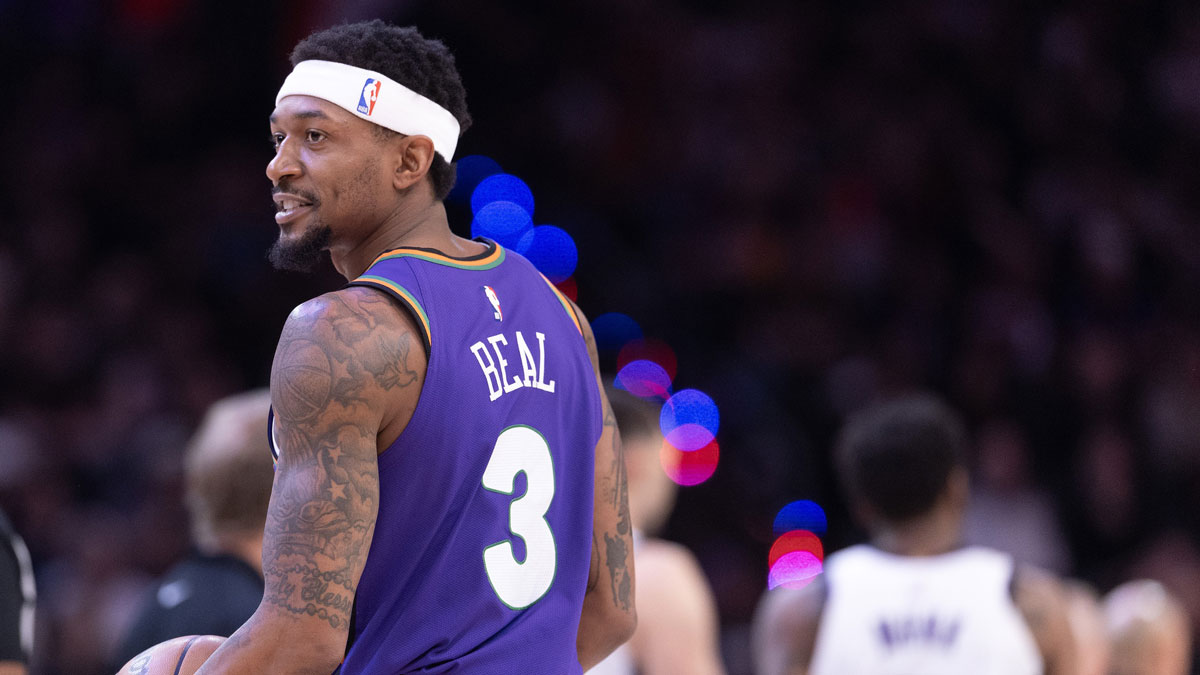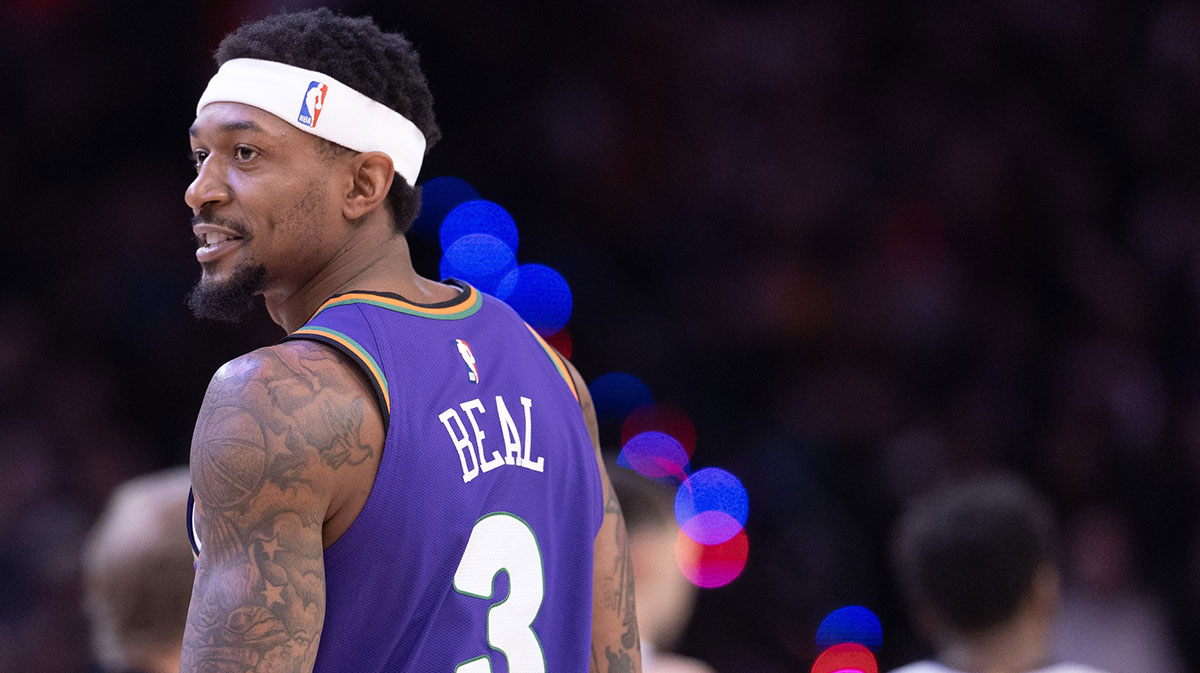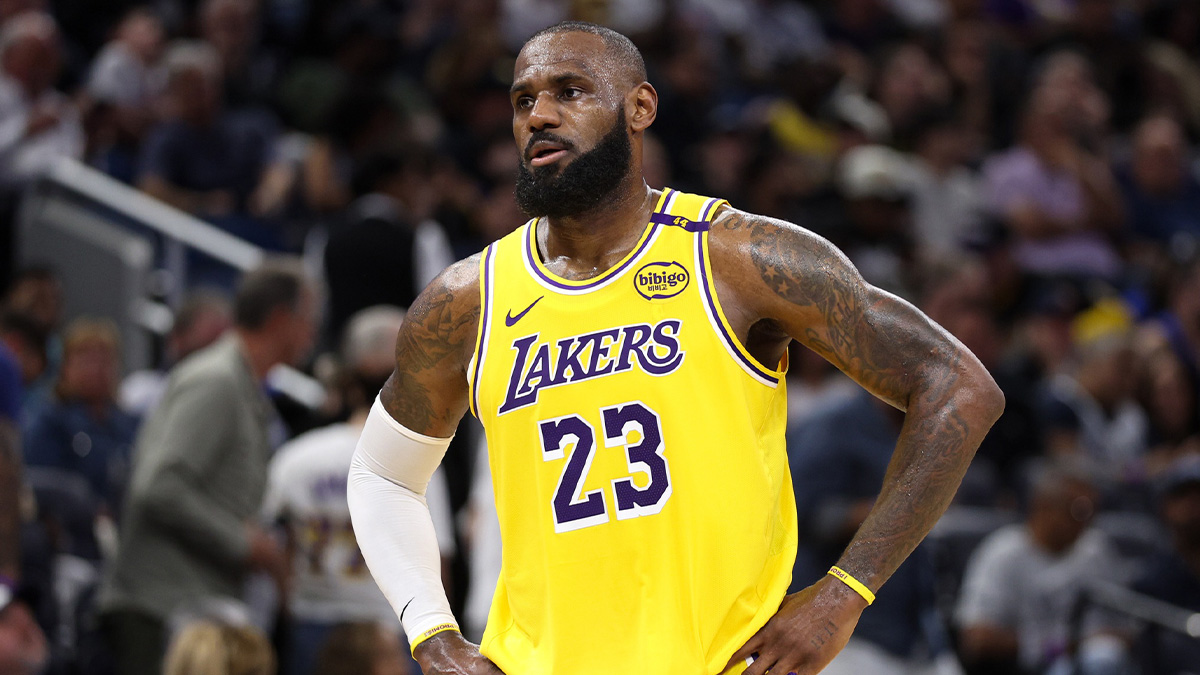Bradley Beal’s high-profile departure from the Phoenix Suns wasn’t just a cap-clearing maneuver. It was the culmination of months of tension for the Suns, uncertainty, and behind-the-scenes negotiations between Beal and Phoenix that ESPN’s Brian Windhorst recently unpacked.
What began as a bold acquisition ended in a complex buyout, with Beal walking away from $13.9 million of the $113 million remaining on his deal. Suns CEO Josh Bartelstein and his father, Mark, who also represents Beal, hammered out a $99 million buyout that underscores the awkward entanglement of business and family.
The friction emerged early. New head coach Jordan Ott pitched Beal on a revamped role for next season, but Beal had already made up his mind. His usage was the lowest of his career, his role was inconsistent, and Phoenix’s postseason hopes had cratered. “This decision was about basketball,” Mark Bartelstein said. “Bradley wants to play in big games and big moments.”

When the Suns traded Kevin Durant to Houston for Jalen Green, it further signaled a youth movement that left Beal without a clear role. Phoenix permitted Beal to explore buyout options, and more than 20 teams expressed interest.
The LA Clippers, who had already shown mutual interest, became frontrunners once they moved Norman Powell and created a path for Beal. James Harden, who had re-signed with L.A., personally recruited Beal and even contacted Bartelstein to seal the deal.
For Phoenix, the financial relief was significant, saving over $210 million in salary and tax this season alone. But the long-term hit is painful: Beal’s stretched salary will clog their books through the decade, even as they build around Green and Devin Booker.
Ultimately, Windhorst paints Beal’s exit as emblematic of a Suns era defined by overspending, misfit pieces, and unmet expectations. Meanwhile, Beal joins a contending Clippers roster hoping to resurrect his value—and help rewrite a new chapter that begins in Los Angeles.











